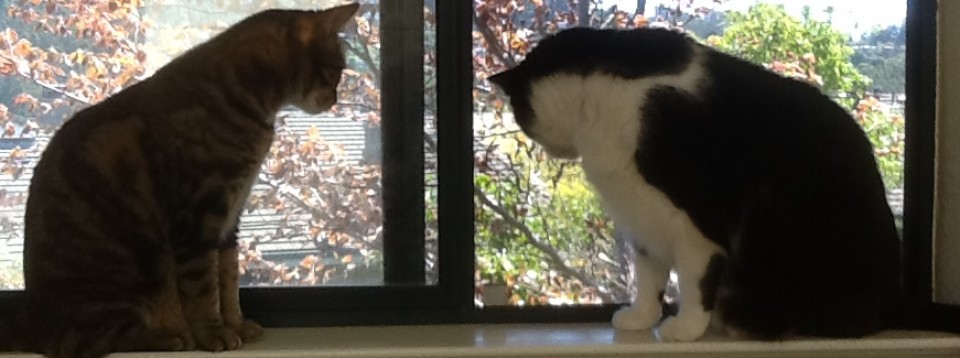Appears to be both Anatum and Peale’s Peregrine Falcon:
from: http://www.peregrine-foundation.ca/info/identification.html
Tundra (Arctic) subspecies (Falco peregrinus tundrius)
The Tundra Peregrine is the palest of the North American subspecies, and also is slightly smaller than the others. Adults have an almost unmarked white breast, and relatively light barring across their mostly white belly. Their back is slate-coloured with bluish-gray tinges, and may take on a silvery appearance, especially lower on the back. The moustache on Tundra Peregrines is very narrow, and the white auricular patch (the area behind the moustache) is large. Juveniles often have a pale buff or whitish crown and forehead, and have a pale superciliary line (over and behind the eye). Their breast is finely streaked, with a cream-coloured background. The brown back feathers have wide buffy edges to them.
Anatum (Continental) subspecies (Falco peregrinus anatum)
The Anatum Peregrine is intermediate in terms of colour and size. It often has a salmon or peach-tinged breast, with stronger barring across the breast than the Tundra subspecies. The back is slightly darker than in the Tundra Peregrine, but still has bluish-gray tinges, especially on the upperwing coverts and uppertail coverts. The moustache on the Anatum Peregrine is very wide, and the auricular patch is often very small. Juveniles have a solid brown crown and forehead, and have a fairly wide moustache, although their auricular patch is often larger than that of adults. They have heavy brown streaks on their cream coloured breast and belly, and have small buffy edges to the feathers on their back.
Peale’s subspecies (Falco peregrinus pealei)
The Peale’s Peregrine is the largest and darkest of the North American subspecies. Adults have dark dense barring across the belly, and even to some degree over the breast. The moustache is narrower than that of the Anatum, but wider than that of the Tundra, and unlike the other subspecies, the Peale’s has dark streaking in the auricular patch. Juveniles have very broad dark streaking on their breast and belly, making their underparts appear almost solid dark. Their back is a dark brown-gray, and the feathers usually have no buffy edges.
American Canyon Wetlands–Eucalyptus Rd.
Dec 27, 2015
1:40 PM
Traveling
2.45 miles
129 Minutes
All birds reported? Yes
Comments: Submitted from eBird for iOS, version 1.1.4 Build 34
7 Canada Goose
X Gadwall
X American Wigeon
X Mallard
6 Cinnamon Teal
X Northern Shoveler
X Green-winged Teal
X Canvasback
X Bufflehead
X Common Goldeneye
1 Ruddy Duck
2 Pied-billed Grebe
1 Double-crested Cormorant
1 Great Blue Heron
5 Turkey Vulture
1 White-tailed Kite
2 Golden Eagle
3 Northern Harrier
2 Red-tailed Hawk
X American Coot
X American Avocet
X Willet
X Marbled Godwit
X California Gull
10 Anna’s Hummingbird
3 Nuttall’s Woodpecker
1 Downy Woodpecker
4 Northern Flicker (Red-shafted)
1 American Kestrel
2 Peregrine Falcon
2 Black Phoebe
1 Say’s Phoebe
3 American Crow
1 Common Raven
4 Barn Swallow — Flying overhead, long wings, long forked tail 2 Chestnut-backed Chickadee
X Bushtit
2 House Wren
1 Marsh Wren
4 Ruby-crowned Kinglet
X Western Bluebird
14 American Robin
2 European Starling
5 Common Yellowthroat
X Yellow-rumped Warbler
6 Yellow-rumped Warbler (Audubon’s)
2 Fox Sparrow (Sooty)
X Dark-eyed Junco (Oregon)
X White-crowned Sparrow
4 Song Sparrow
2 Lincoln’s Sparrow
X Red-winged Blackbird (California Bicolored)
X House Finch
X Pine Siskin
X Lesser Goldfinch
Number of Taxa: 55






